With the coming of the new year, more revisions have taken place with the restrictions list. This list will be live starting on January 25th, 2025.
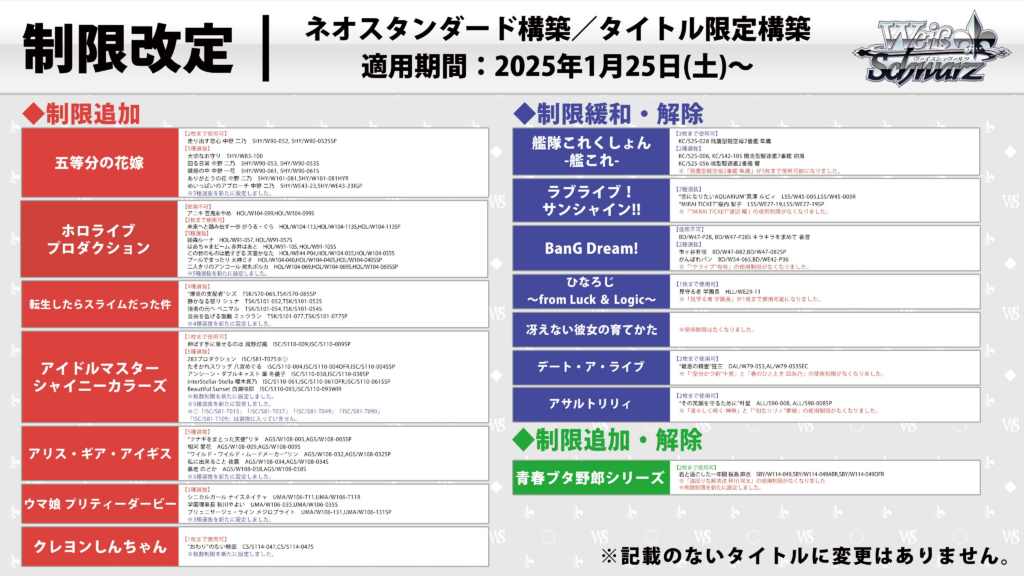
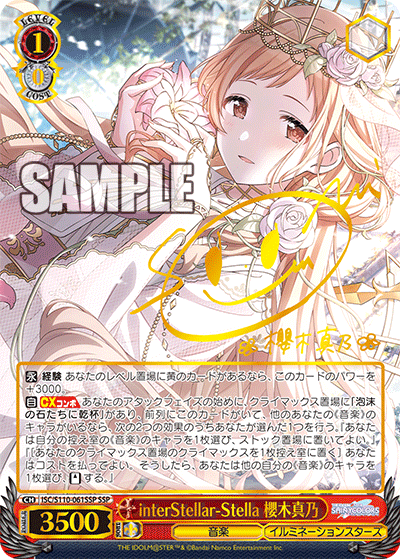
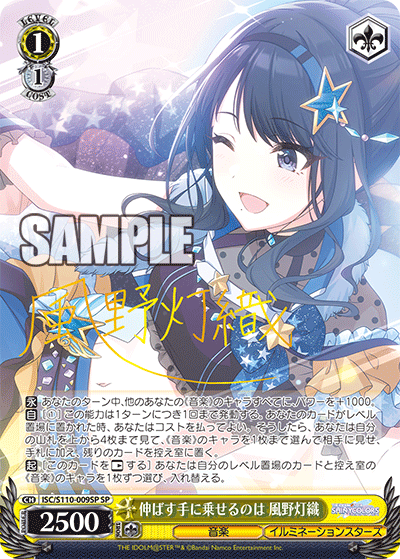
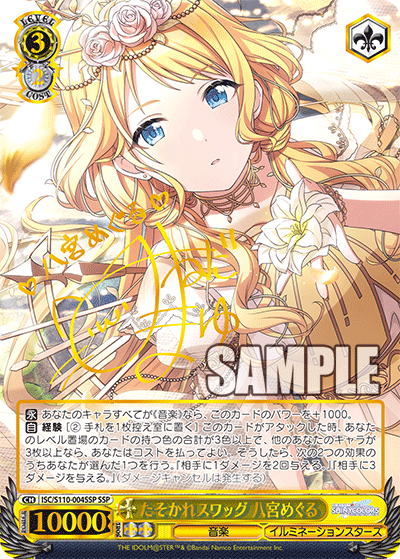
ISC/S110-009SP-SP 伸ばす手に乗せるのは 風野灯織 (center)
ISC/S110-004SSP-SSP たそかれスワッグ 八宮めぐる (right)
To start off with the new year, fans will be disappointed to hear that Illumination Stars will be split up. On a personal note, I’m quite saddened by this outcome. I know the trio has been dominating the metagame for some time, but splitting them up feels so unfortunate. Furthermore, although Illumination Stars’ core above is the main engine for the monstrous meta Shiny Colours decks as of late, the problem is that they aren’t being played as the core theme of these decks. They are strictly an engine, designed to facilitate card flow and manage resources, and that is what makes me personally sad to have to see them split up. Illumination Stars didn’t do anything wrong; in my opinion, it’s rather the fact that they were put in with all these other cards that made them problematic. Alas, such is the problem is deck-building with little restriction (traits).
Illumination Stars gets hit in two ways: Mano and Meguru join a choice five list where as Hiori goes down to one copy in decks. Hiori can continue to be played with either Mano or Meguru, but Mano and Meguru can never be played together. Dropping Hiori to one copy is going to make it very difficult for decks to continue to use her as a hand-gaining and milling engine. She will likely continue to be played in general standard standby builds as her abilities are quite strong. She’ll be seen as more of a way to push your advantage further rather than a more consistent play considering that she’s limited to a single copy.
As for Mano and Meguru, these cards will just have to find their own builds. Meguru will be a bit more difficult to splash for since her core three colour level requirement will be more difficult to achieve without Hiori’s fixture. Mano will likely split off into any two-colour builds that can accommodate her yellow card requirement for power.
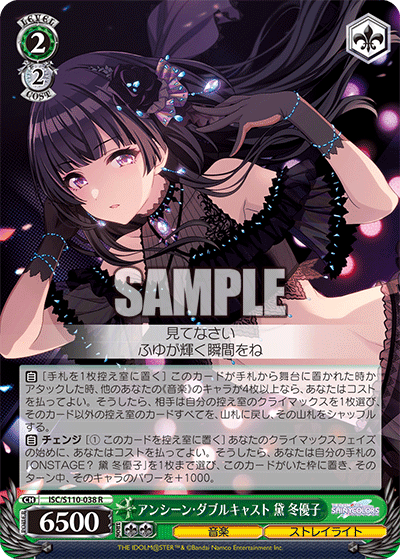
Joining Illumine on the list itself is that of the Straylight beauty, Fuyuko. Fuyuko above was another problematic card that worked twofold. Her first ability was a Fumio ability on play or on attack. Her second ability, more important for that of standby purposes, allowed her to effectively change into her level three finisher form for a cheap cost. Given how standby works, you could cut Fuyuko’s on-play costs by bringing her out from your waiting room. Furthermore, assuming she remains on stage for the following turn, Fuyuko could use her CHANGE mechanic to draw out her level three finisher as early as level one, assuming you are able to stay at that level. This was ever more consistent with that of Mano also supplying extra stock should you have to play Fuyuko at level two from hand. With Fuyuko gone, one of the meta deck’s compression tools goes away as well, dropping the power of the deck.
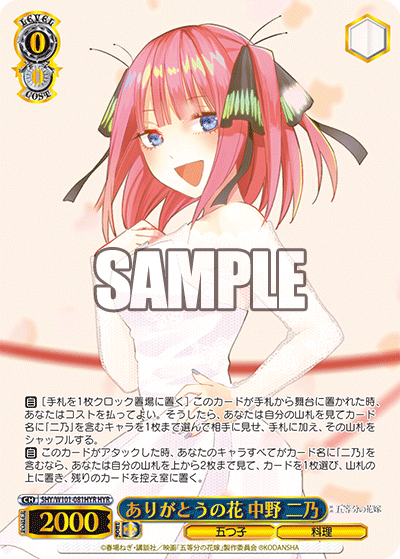
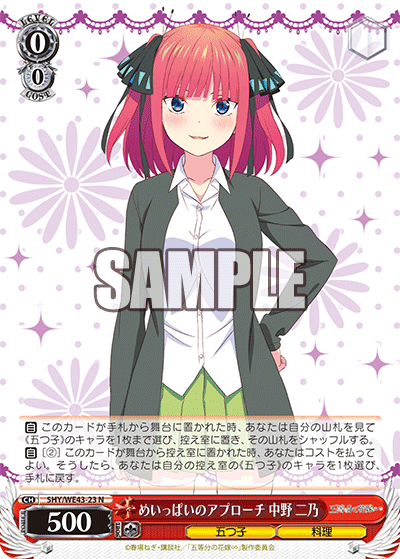
5HY/WE43-23N めいっぱいのアプローチ 中野 二乃 (right)
Oh Nino, why are you back on the chopping block again? it seems like no matter what, Nino always finds a way to come back to the restriction list again. This time, her Snow Drop Aqua profile and “Foolish Burial” (YGO) or “Entomb” profile have joined Nino’s already existing restrictions. Her Snow Drop Aqua profile essentially allowed her to grab any character from her deck (Nino) for a cheap hand cost. This could be achieved as early as level one, allowing players unparalleled access to setting up for the early turns. If that was the only effect, I’d think Nino would still be a very good card. However, her second ability makes her even more crazy as she gains the ability to choose her trigger. In a standby shell, this is insane because the best potential draw would be to mill your standby target and then trigger that same card back onto field. Pair this up with the other Nino, “Foolish Burial” or “Entomb” Nino (choose a character in your deck and put it in your waiting room), and you’ve essentially fully prepared your standby targets immediately during the first turn. In addition, as a bit of a side bonus, this Nino also returned hand for a bit of an expensive cost, which was usually fine since Nino’s meta deck rarely uses much of any stock at all.
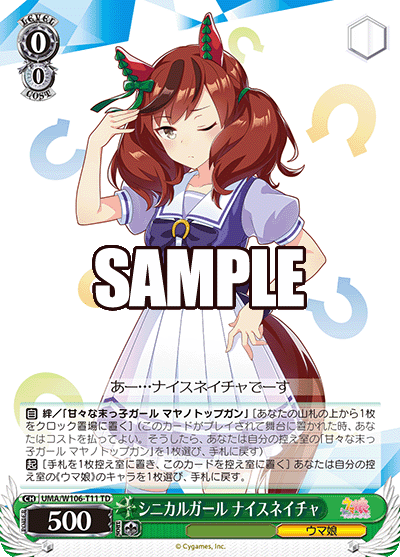
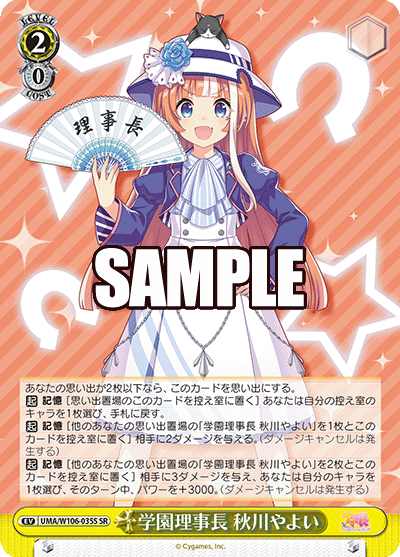
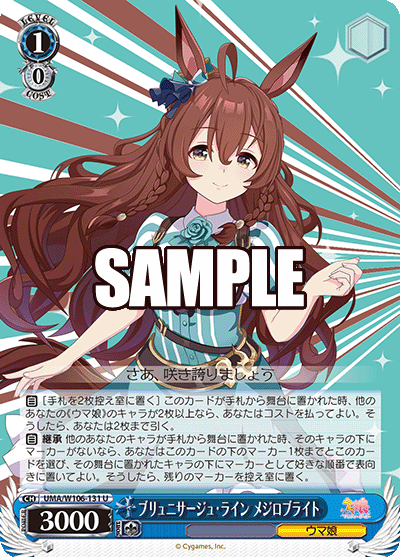
UMA/W106-035S-SR 学園理事長 秋川やよい (center)
UMA/W106-131U ブリュニサージュ・ライン メジロブライト (right)
A possible contender for the restriction list, Uma has finally received its first blow. Nice Nature takes the lead of the pack. Nice Nature presented a more problematic combination of abilities. At its core, Nice Nature isn’t a very good card at first glance. Her first ability bonds her partner, the vanilla 1/0 Mayano Top Gun, from the waiting room at the cost of clocking yourself. The key word here is the cost, clocking yourself. For those who don’t know, Nice Nature can create an infinite loop of damaging yourself. The reason for this lies in the combination with her second Helmet ability. When you combine her Helmet ability and the ability to infinitely clock yourself to salvage a card (even if the card is just a vanilla), you create an endless loop that can prevent you from being level locked.
Yayoi’s event is an odd choice. I’m in the party that this card was never that good to begin with. 2/0 events that freely salvage have long been a part of the game, at least in the last two years due to power creep. The difference between those events and Yayoi is that Yayoi has a pseudo ceiling where you can sacrifice her from memory and several other copies of her to gain additional effects. This is good, but when you consider the fact that Yayoi is an event, the fact that there is no consistent way to grab her, and the fact that you have to play yellow to support her, Yayoi feels more of a high gambling choice over other cards. What makes Yayoi even more controversial in my opinion is the fact that the meta deck playing her would play cards that need to check characters for abilities such as that of level one Satono Diamond combo. Yayoi would be a brick to these type of abilities. I’ve always considered Yayoi not a very good card, at least for the builds she is commonly featured in. I will say though in builds involving the newest set’s Agnes Tachyon, since every point of damage counts, especially for Agnes’ combo ability, Yayoi is an interesting choice there. The only other reason I think she was played, especially based off the meta-deck from the first set would be due to the use of check three, add one brainstorms and that of Curren’s finisher who could supplement her weaker finishing force by being able to force check into Yayoi.
Mejiro Bright was an all-purpose card that just easily dug players out of poor hand situations. She also carried the much coveted Inheritance [継承] trait, something many of the Uma cards really want. Bright’s on-play effect was probably far too strong. In addition, since Bright draws cards, she was also one of the only realistic ways of forcing Yayoi’s event to hand outside of lucky draws from draw and clock phase.

Mio at the poolside joins up with the other Hololive choice restrictions. I don’t think this comes as too big of a surprise considering how strong Mio is due to her generic profile and her ability to trigger twice (both on-play and when sent to waiting room). Mio is an enabler for many decks and especially for standby decks as both a free and costed way to get standby targets into the waiting room. I don’t know if this will be an upcoming trend with more and more Hololive utility pieces being moved into the restriction list. Only time will tell.
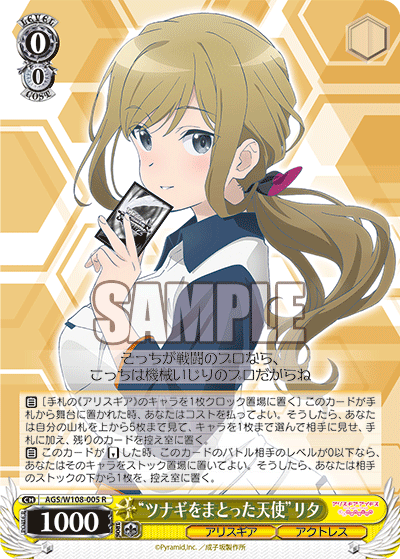
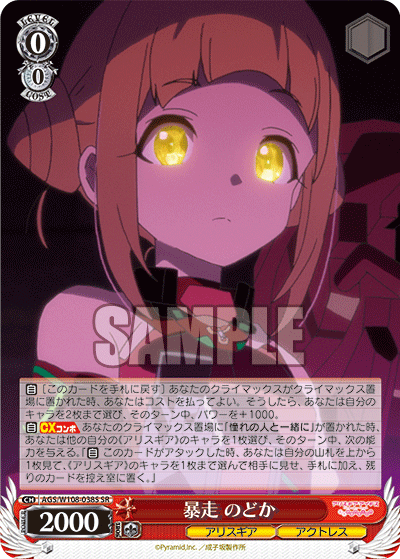
It appears that Alice Gear Aegis still needed some more restrictions to keep it in line with other series. Even with the previous nerfs, it appears that the standby deck is still running amok in the current game. To help combat this, both Rita and Nodoka have joined the restriction choice list. Rita doesn’t appear at first to be anything particularly game-breaking, but when you consider her hand filtering ability checks and mills up to five cards, then you realize that she’s more of a standby enabler that also helps you filter for what you need. Nodoka was a common combo to play alongside Yotsuyu’s combo. Nodoka did a lot for the standby deck, bouncing back to hand, granting power, and also refilling your hand as well. With these two out of the picture, Yotsuyu will need to play some less powerful tools to secure her gameplan.
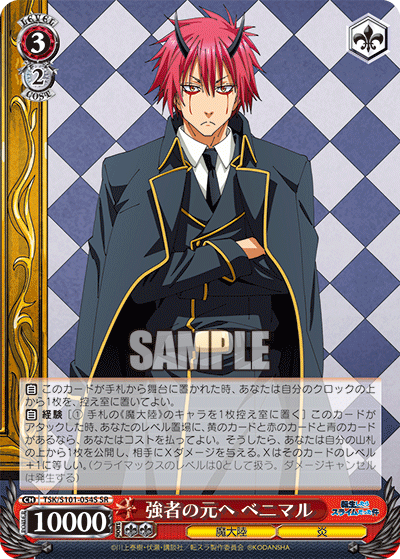
It appears that even with Shizu and others gone, especially that of Shuna, Slime is still popping up from time to time. To help dull the deck’s power again, Bushiroad has decided to go after Benimaru. So now, Slime players will have to find another finisher to help them close out the game if they want to remain using Mjurran.

Maybe I had jinxed it a bit too much in my previous Weiss at a Glance 2024 post. Shin-chan has received its first restrictions, limiting the above stand-off event to one. I think this is fair considering how this event effectively shuts down a whole lane from your opponent’s side. Having access to more than one of these in a single turn would just end your opponent’s damage almost entirely. See ya around, cowboy!
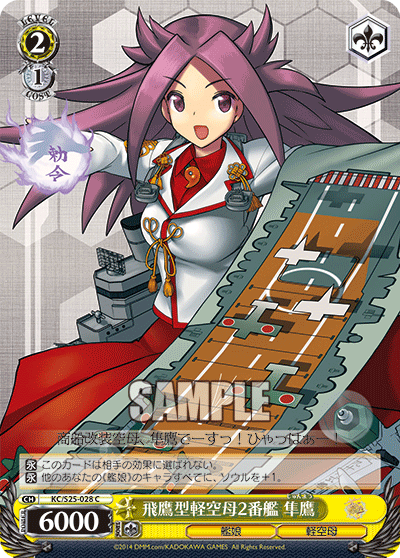
Starting with the unbans is that of Junyou. Junyou had been tested at two copies, and even then, she poses little results, at least in the current meta. I think Kantai is lacking a lot of modern day tools and finishers, and playing the soul pump game just isn’t enough anymore to compete with the modern decks. I’m not entirely sure why they’re leaving her at three copies because this makes little to no difference at four copies either.
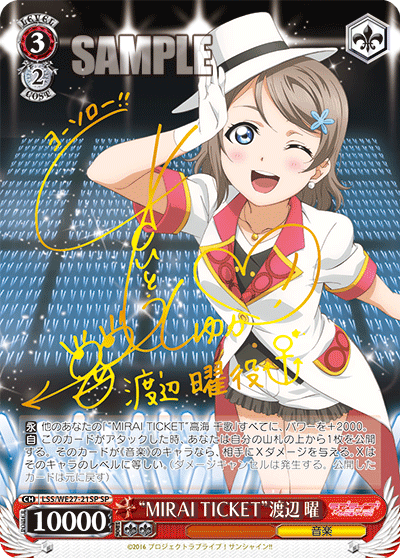
Watanabe You is back in full. Now, you can live out your memories back in 2018 as You dominated the format. Since the previous banlist, You was put back at two copies, which didn’t seemingly affect the format much. Now there are a lot of factors surrounding this such as Shinym@s’ dominance and not enough time to let builds foster, so take that with a grain of salt. In all honesty, I doubt You will bring about any game changing or format warping builds. This just isn’t 2018 anymore. But you never know, especially thanks to standby.
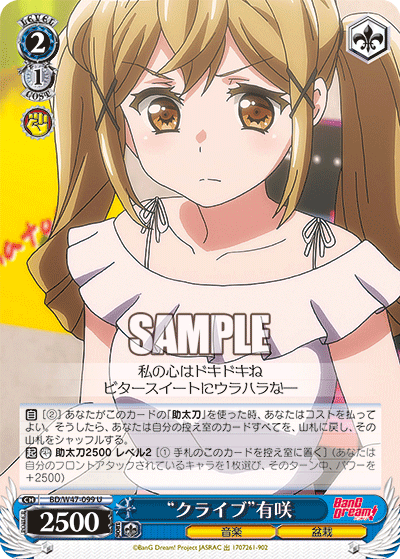
Probably a restriction list update that should have been released far earlier, Arisa is off the list. Free-fresh counters are nice and all, but given their costs, the speed of the game, the power of finishers, etc., they just aren’t as strong anymore, especially in a set such as Bang Dream that has aged. That being said, Bang Dream is getting support, so maybe this card could see used in a future deck?

One of the more scarier changes is that of releasing the above principal from her prison. To this day, I still don’t know why people call her Merlin, but my presumption now must be some connection to the appearance of Merlin from Fate G/O. This card was a super powered enabler. The key problem with this card is the lack of a “once per turn” clause, meaning this card turbo-powered trance finishers, the key mechanic of the Hina Logic set. With this principal released, we might be seeing the return of 3/2 Yuko, but time will have to tell. That being said, she’s only allowed to one copy anyway, so we’ll just have to see.
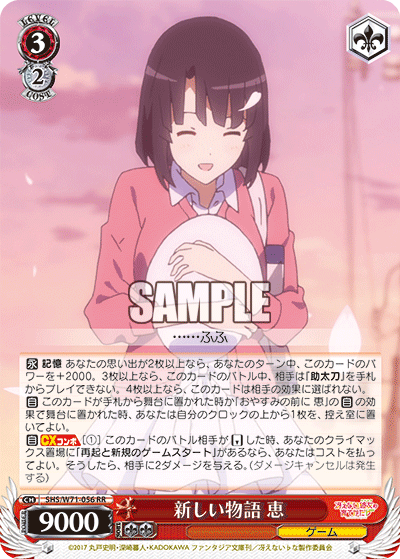
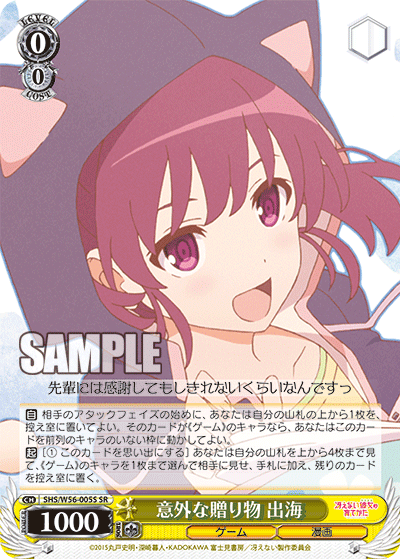
Saekano is now fully free from any restrictions. Megumi is now well and alive, and Izumi is free to run around and fly to memory as need be. Saekano is quite old now, and I personally don’t think these unrestrictions are going to do much in the current format. It’s cool though if you want to use these cards together again.

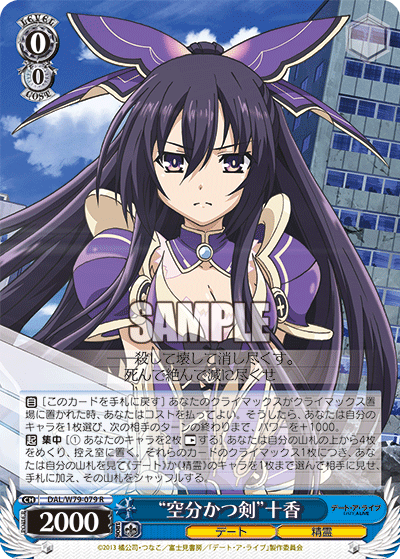
Date A Live has unrestricted both Yoshino and Tohka. Yoshino is a very rare type of Adachi profile that also has the ability to swap itself on the field. Now, Tohka bouncing back to hand as a brainstorm on climax play to open up slots for standby and granting cross-turn power is cute, but in this day and age, and with how power levels have kinda gone all over the place, the power feels like it doesn’t really matter and standby, I think, has better tools to run. Yoshino is still quite annoying in my opinion as your opponent will really have to think twice about how they arrange their field with Yoshino on the opponent’s board. The only play that I think that matters when these two are played together is potentially spawning Yoshino from a standby trigger to move around during your opponent’s turn. But even then, that is a very situational play, and Yoshino’s board swap does cost stock as well.
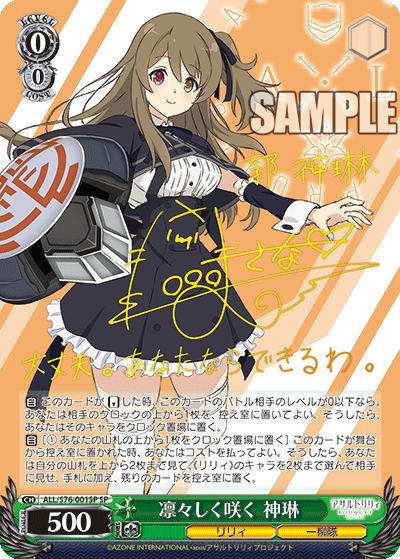
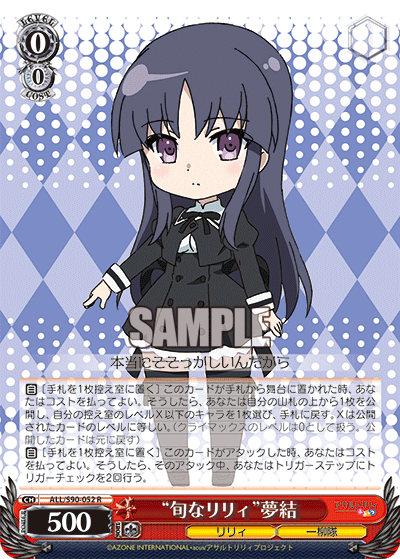
Shenlin my beloved. Well both Shenlin and Yuyu are officially off the list. Given that many modern decks also equip both of these above profiles in the same decks, it is only fair that Assault Lily is able to do so as well. I think this is just allowing Assault Lily to replicate modern decks, but as for the residual impact, I don’t think any big changes in the format will occur from this.
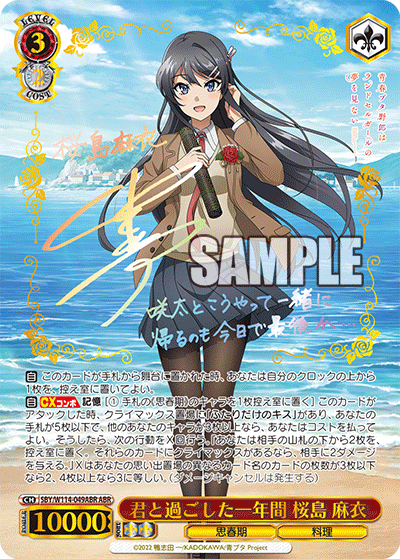
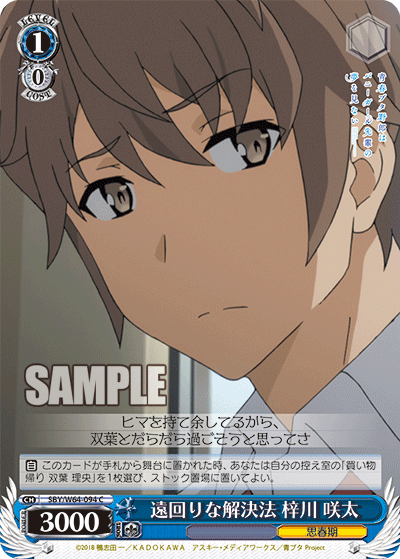
SBY/W64-094C 遠回りな解決法 梓川 咲太 (right)
Considering that Re:Zero is running rampant with their Emilia package and effectively does the same thing that Aobuta had been trying to do, it seems rather unfair that Aobuta cannot do the same thing. Now, given Aobuta’s dominance in the previous meta, there are some hesitations allowing Aobuta to carry the same stock charge package fully. To compensate for this, new changes are taking place where Mai is limited to two copies in a deck and Sakuta is unrestricted. I’m rather on the fence about these changes. On one hand, getting Mai’s finisher off is much easier now that Sakuta is back to supply the stock requirements. On the other hand, Mai is more difficult to get off and her damage is capped now that you are locked to only two copies. Having two copies of a finisher is rather punishing, considering that an early trigger or accidental kick to clock through natural damage might spell the end of your finishing combo. Aki is also restricted to two, but the difference here is that Aki can salvage his other copy with his on-play ability whereas Mai can only heal. We’ll just have to see how these changes affect the deck in the next few months.
And that’s it. Now that is a long list. My fingers hurt. As a bit of a conclusive summary, I think overall, there are two key factors that are being shown and addressed in this restriction list: the overly powerful utility profiles in the game and that of standby as a whole. Now these two are intrinsically linked if you observe which decks were targeted in this ban list. About five of the seven sets targeted in the ban list were standby decks in one way or form. The targets hit, while not usually directed towards actual finishers, were cards that added consistency to their decks by filtering for targets or helping push standby targets into the waiting room. The other point to make is that of how costless or stock efficient these utility profiles are. These profiles also had little to no setback either, returning at least some amount of value at worst. See Mio from Hololive and Rita from Alice Gear; both cards would be able to put standby targets into waiting room for such a cheap cost and as early as turn one. Mio is especially strong as her drop search ability works on both play and when sent to waiting room. In the case of “Foolish Burial” Nino, the effect is even free and specific. In addition, many of these cards also give players a higher probability to manipulate their deck to trigger standby to create dominant boards for cheap. Even in non-standby decks, these utility profiles are undoubtedly overloaded, making it too easy to just assemble your pieces with just one or two use cases of said profiles.
What is the takeaway here? There needs to be a re-approach to the considerations surrounding both utility cards and standby. Even now, it feels to some degree that Bushiroad is hesitating by essentially banning all the utility pieces rather than address the core issue that is standby fundamentally. Without really taking a deeper dive here, formats will potentially continue to usher standby dominance, disallowing expression of other deck ideas in the metagame. Anyways, what do you think? Would you like me to do a deeper dive with this topic? If so, do give us some feedback.